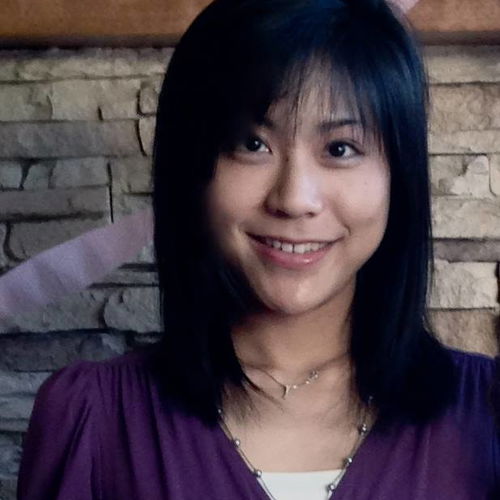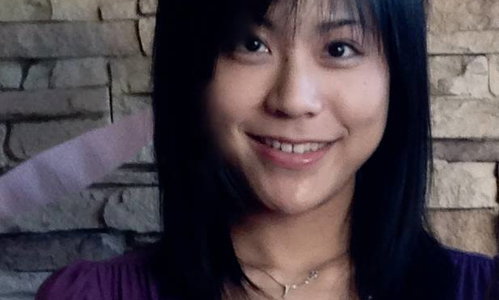Evening Reverie in Cole Valley
Details
Iris M. Otani full profile / Piano Trio / 3 musicians
Other players: Shuo Zhai (piano), Summer Hu (cello), Iris Otani (violin)
Full program notes
Program
Johannes Brahms Piano Trio No. 1 in B major, Op. 8
Zoltán Kodály Duo for Violin and Cello, Op 7
A lyrical program of chamber music exploring memory, folk roots, and romantic expression. From the vibrant, folk-inspired energy of Kodály’s Duo for Violin and Cello to the sweeping passion of Brahms' Piano Trio No. 1, this evening celebrates rich musical dialogue and the warmth of summer in Cole Valley.
Zoltán Kodály’s Duo for Violin and Cello was composed in 1914, shortly after the outbreak of World War I. In his 20s and 30s, Kodály spent his summers traveling across the Hungarian countryside and Carpathian Basin with Béla Bartók, lugging fragile wax cylinder recorders to capture regional folk songs. Village dances, recruiting tunes, and festival songs are woven throughout the Duo. There are echoes of the verbunkos, a dance with expressive, dramatic movement and intricate footwork originally performed by military officers to recruit soldiers into the army, and the csárdás, the national dance of Hungary, often performed at village festivals, weddings, and national celebrations, with its slow expressive lassú (“slow”) and its fast, energetic friss ("fresh" or "fast") sections.
Kodály’s love of music showed not only through his dedication to ethnomusicology and preservation of Hungarian and Central European folk music, but through his lifelong work as a music educator. He believed that every child should have access to music education, and developed the Kodály method, where children begin by singing folk songs from their own culture to learn musical elements (like rhythm, pitch, form, and phrasing).
Johannes Brahms’ Piano Trio No. 1 in B major was first composed in 1854, when Brahms was just 20 years old. It was a tumultuous period in his life. He began composing the trio just months after finding an artistic mentor in Robert Schumann and forming a profound musical bond, with what many believe was unrequited love, with Schumann’s wife, Clara. He completed the trio just months after Robert’s severe mental collapse in February 1854, which deeply affected him.
More than three decades later, in 1889, Brahms returned to the piece during a reflective period in his life, when he revisited and revised several earlier works. In a letter to Clara, he mentioned reworking the trio “with great pleasure,” ultimately cutting nearly a third of the original material while preserving some of the original melodies. Notably, the opening cello theme remained untouched. The result is a composition that bridges youthful passion and mature reflection, a window into Brahms’ evolving musical voice.
About the Group
Shuo Zhai, piano
Summer Hu, cello
Iris Otani, violin
We are a trio of friends who met at the St. Lawrence Chamber Music Seminar and have been performing together since. Though our careers are in healthcare and architecture, we started our journey in music and remain deeply committed to sharing music in the community.
Videos from this player
Other programs from this ensemble
- Musician profile: Iris M. Otani
-
Instruments: Piano Trio, Violin/Cello Duo
- Musicians: Iris M. Otani, Shuo Zhai (piano), Iris Otani (violin), Summer Hu (cello)

 Continue with Facebook
Continue with Facebook
 Continue with Google
Continue with Google
 Continue with Apple
Continue with Apple



